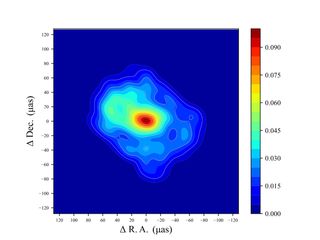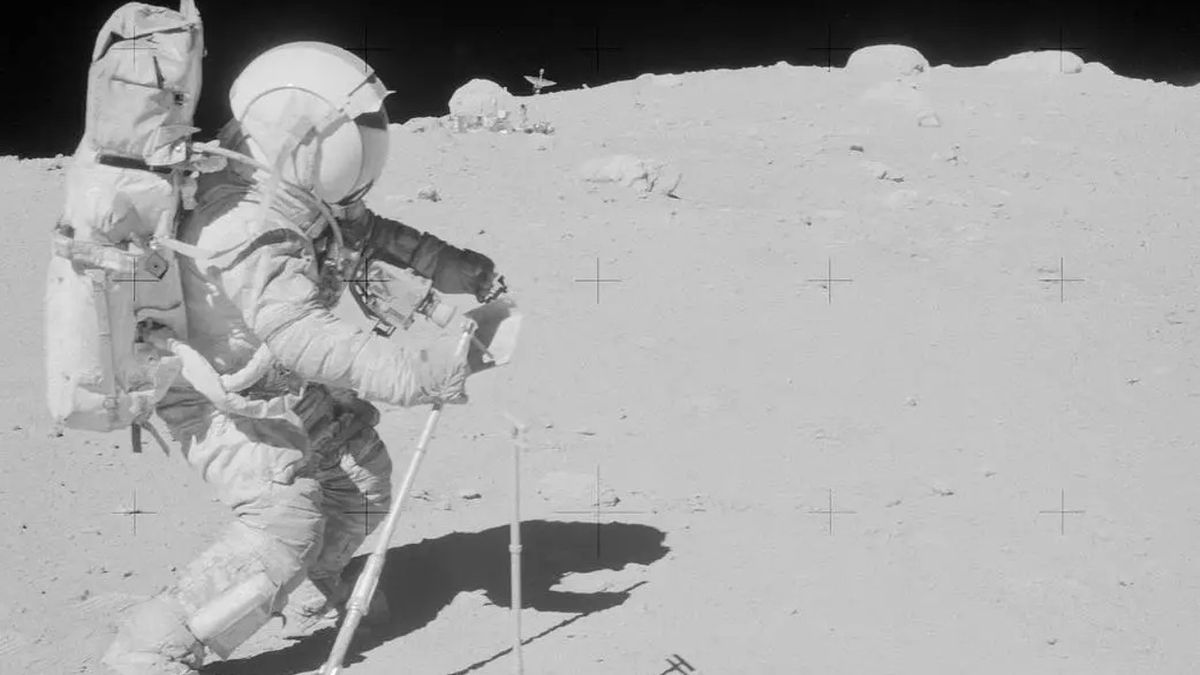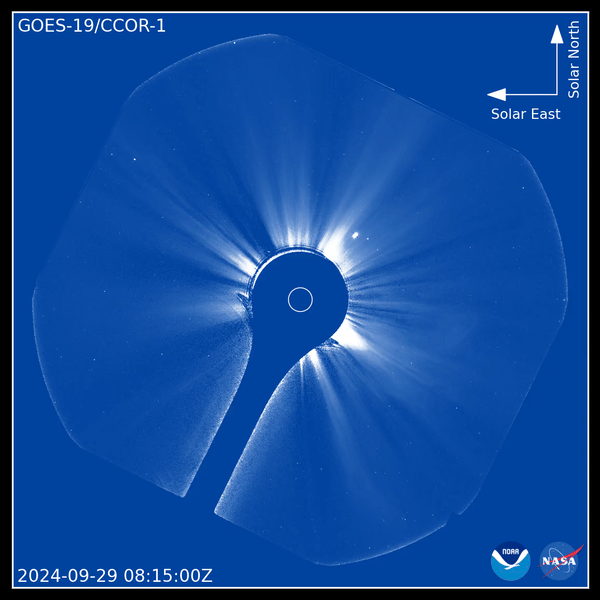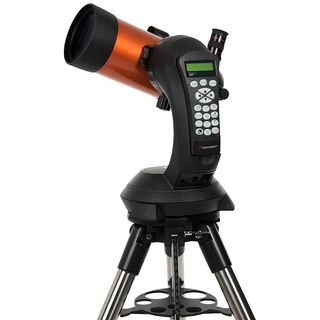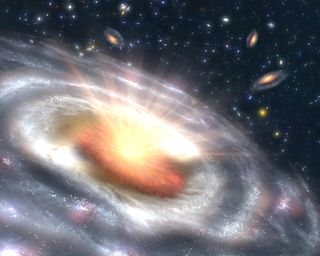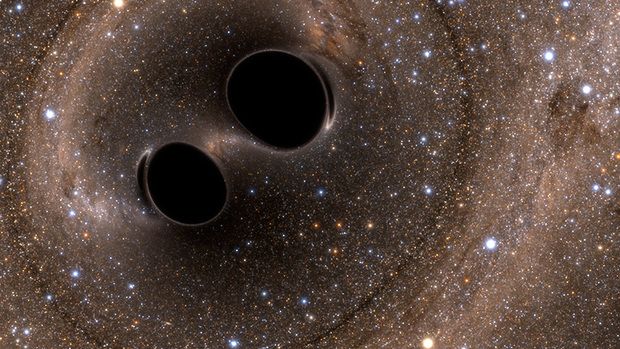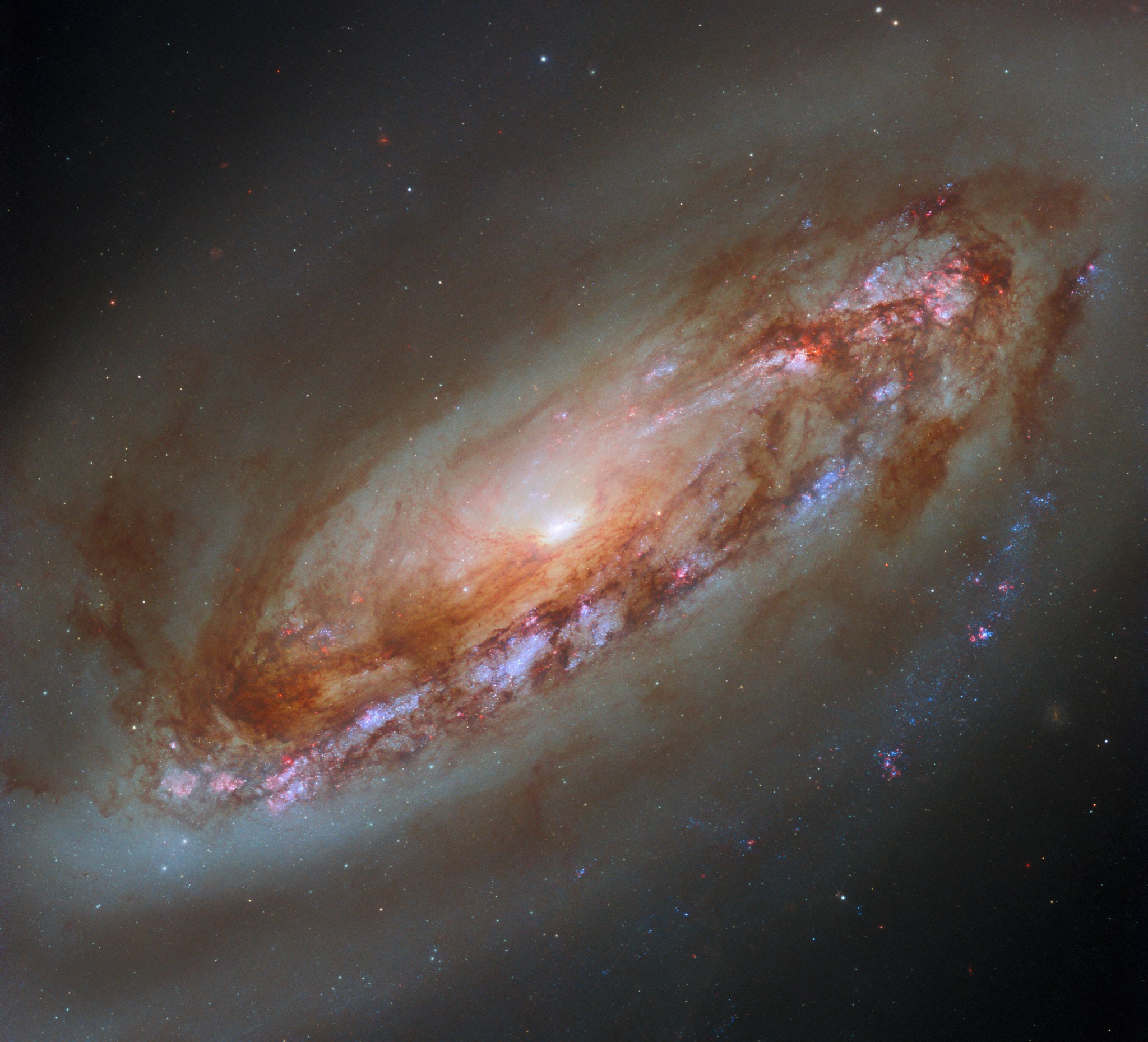What does the supermassive black hole lurking at the center of our galaxy look like?It’s a deceptively simple question. Although our local cosmic abyss, named Sgr A* (short for Sagittarius A*), resides just 26,000 light-years from Earth, it has proven to be a very difficult object to image. This is thanks in part to material whipping around it at near light-speeds. However, after years of trying, scientists with the Event Horizon Telescope (EHT) project succeeded in 2022.The black hole’s silhouette emerged from the shadows, appearing like a fuzzy orange doughnut.…
Read MoreTag: The Universe
New study of Apollo 16 moon samples reveals hidden lunar history
Scientists continue to piece together the moon’s complex history using lunar samples collected during NASA’s Apollo missions over half a century ago. A fresh analysis of lunar dust collected by Apollo 16 astronauts in 1972 offers a clearer picture of the effects of asteroid strikes on the moon, allowing scientists to reconstruct billions of years of lunar history. The findings could also help upcoming crewed missions pinpoint precious natural resources for establishing moon bases, scientists say. After landing in the heavily-cratered Descartes region in the lunar highlands, astronauts John Young,…
Read MoreBefore and after satellite images show lakes appearing across Sahara after deluge of rain soaks desert
Lakes have appeared in the Sahara after a cyclone brought a deluge of rain to northern Africa that drenched swathes of the largest hot desert on Earth, satellite images show. An extratropical cyclone hit parts of Morocco, Algeria, Tunisia and Libya on Sept. 7 and 8, dropping around 8 inches (20 centimeters) on the affected areas — equivalent to an entire year’s worth of rainfall in just a few days, according to NASA’s Earth Observatory. The deluge and runoff filled multiple ephemeral lakes in the Sahara, including the Sebkha el…
Read MoreSee Comet Tsuchinshan-ATLAS eject a tail of gas and dust as it flies past the sun (photos)
A dazzling comet left behind a dramatic dust tail as it swept around the sun, new photos reveal. C/2023 A3 (Tsuchinshan-ATLAS) was visible to the naked eye earlier in October as the comet, which is sort of an icy space snowball, flew past the sun and Earth. Fresh telescope footage from the U.S. Naval Research Laboratory reveals that the comet’s dust tail was visible near the sun “for several days”, long after the little world left the neighborhood, lab officials stated. Related: See the ‘comet of the century’ light up…
Read MoreWatch sun erupt in 1st images from NOAA’s groundbreaking new satellite (photos)
The first images from a new space-based telescope launched into Earth’s orbit to monitor the sun captured a striking solar storm outburst. The National Oceanic and Atmospheric Administration (NOAA) shared the first images taken by its Compact Coronagraph (CCOR-1), the world’s first operational space-based coronagraph. CCOR-1 is mounted on NOAA’s newest geostationary satellite, GOES-19, which launched into orbit above Earth on June 25. CCOR-1 began its mission to observe the sun’s corona — the faint outermost layer of the solar atmosphere — on Sept. 19. The powerful solar telescope uses…
Read MoreHeadless ‘Halloween comet’ could already be doomed
The latest update concerning “the other comet” of October 2024 — Comet C/2024 S1 (ATLAS) — is that it continues on target to completely disintegrate before it sweeps around the sun early next Monday. Back on Oct. 10, Space.com published an article indicating that this comet — which belongs to the Kreutz family of sungrazing comets — was in the process of disintegration and would likely not develop into an eye-catching object like its early October predecessor, Comet Tsuchinshan-ATLAS. However, an online story published this past Monday evening (Oct. 21)…
Read MoreJames Webb Space Telescope sees lonely supermassive black hole-powered quasars in the early universe
Using the James Webb Space Telescope, astronomers have peered back 13 billion years to discover surprisingly lonely supermassive black hole-powered quasars. The James Webb Space Telescope’s (JWST) observations are confusing because isolated black holes should struggle to gather enough mass to reach supermassive status, especially just a few hundred million years after the Big Bang. The discovery further muddies the waters when it comes to the puzzle of how some black holes grew to masses equivalent to millions or even billions of suns when the universe was less than a…
Read MoreWhat happens when black holes merge?
Black hole mergers are beautiful — and some of the most violent events in the cosmos. Here’s how the process unfolds. The story begins with two black holes orbiting far from each other in long, lazy circles. They could have been born as a binary pair of stars, or they may have just randomly encountered each other in the depths of interstellar space. Either way, to merge, they must get close, which means losing a lot of orbital energy. The first step in stealing energy from the system is through…
Read MoreMost of Earth’s meteorites may have come from the same 3 spots
Earth is constantly getting pummeled by meteorites. We are unaware of most of them, as they burn up in our atmosphere before they hit the ground. Every now and again, though, something larger gets drawn into Earth’s gravitational field — and when this happens, it usually spells bad news for any life living on our planet’s surface. Scientists know that the vast majority of meteorites that come crashing down to Earth originate from the solar system‘s main asteroid belt: a region between Mars and Jupiter where irregularly shaped rocks left…
Read MoreHubble Captures a New View of Galaxy M90
Hubble Space Telescope Home Hubble Captures a New View of… Hubble Space Telescope Hubble Home Overview About Hubble The History of Hubble Hubble Timeline Why Have a Telescope in Space? Hubble by the Numbers At the Museum FAQs Impact & Benefits Hubble’s Impact & Benefits Science Impacts Cultural Impact Technology Benefits Impact on Human Spaceflight Astro Community Impacts Science Hubble Science Science Themes Science Highlights Science Behind Discoveries Hubble’s Partners in Science Universe Uncovered Explore the Night Sky Observatory Hubble Observatory Hubble Design Mission Operations Missions to Hubble Hubble vs…
Read More